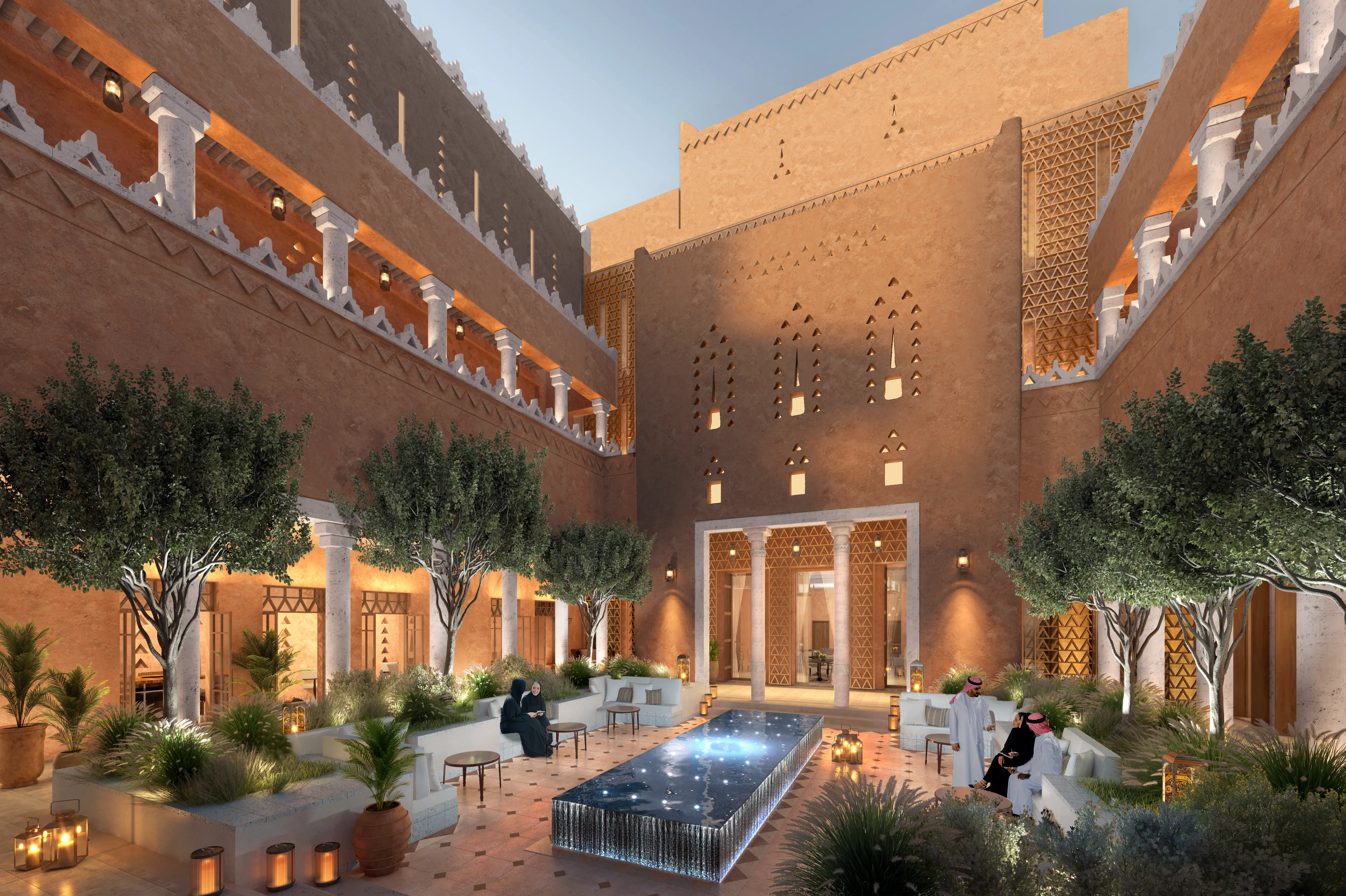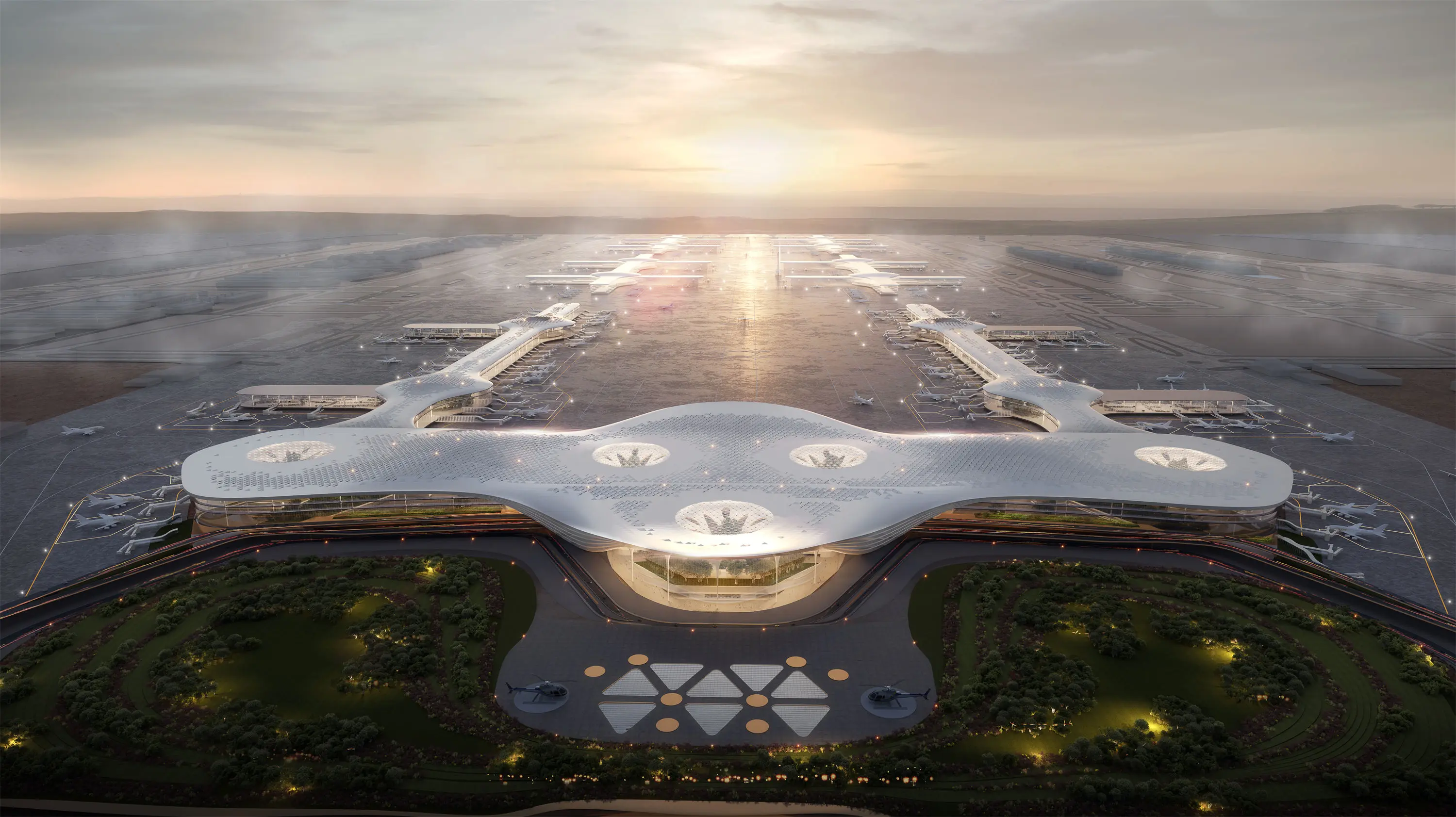What are the differences between d5 rendering and other types of rendering?
D5 rendering, as a tool based on real-time rendering technology, has significant differences from traditional offline rendering (such as V-Ray, Arnold) and some real-time rendering tools (such as Lumion, Enscape) in terms of technical logic, operational experience and application scenarios.
From the perspective of rendering principles, the D5 is based on the deeply optimized Unity engine kernel and relies on GPU acceleration to achieve real-time path tracking. It can instantly present effect changes when adjusting parameters such as materials, lighting, and cameras. The final output image does not require a long queue waiting and can directly output high-quality effect pictures or animations. However, traditional offline Renderers (such as V-Ray) adopt offline path tracing technology. They need to calculate the light reflection and refraction paths frame by frame. The single-frame rendering of complex scenes may take several hours or even days, and after adjusting the parameters, re-rendering is required to preview the effect. Other real-time rendering tools such as Lumion also support real-time preview, but due to engine performance limitations, they may experience lag when processing complex models or high-precision materials, and the image quality is usually weaker than the ray tracing effect of D5.

In terms of operation logic, the interface design of D5 is close to the habits of designers. The interaction method similar to a game engine lowers the learning threshold - it has an inbuilt PBR physical material library (covering over a hundred presets such as metal, glass, and fabric) and an intelligent lighting system (supporting real-time weather and day-night change simulation). Users do not need to deeply understand the rendering parameters. Professional-level effects can be achieved by dragging and adjusting with the slider. Traditional offline rendering requires manual setting of complex parameters such as sampling rate, global lighting mode, and material refraction/reflection depth. Lighting debugging often requires repeated testing and rendering, which places high technical demands on users. Take Enscape as an example. Although the lightweight real-time tool can be linked with modeling software such as SketchUp in real time, its material adjustment function is relatively basic and the animation production process is not as smooth as that of D5.
In terms of application scenarios, the core advantage of the D5 lies in the balance between efficiency and picture quality: It supports RTX ray tracing technology, which can present realistic effects close to offline rendering (such as soft shadows, reflection blurring, and global ambient lighting). At the same time, with its real-time interaction feature, it is particularly suitable for projects that require frequent iterations, such as architectural visualization, interior design, and product demonstrations - after designers complete the model in the modeling software, Directly import D5 for real-time roaming preview and animation storyboard adjustment, significantly shortening the presentation cycle of the plan. Traditional offline renderers have been deeply engaged in the field of high-precision rendering. For example, Arnold achieved complex light and shadow refraction in the movie "The Avengers", and V-Ray presented the metallic paint texture in car advertisements. By deeply controlling the ray tracing parameters, they can achieve extreme details such as subsurface scattering and focal length. However, such effects require strong computing power support and the collaboration of a professional rendering team. Tools like Lumion focus more on rapid landscape rendering, with prominent vegetation libraries and terrain generation functions. However, they are slightly lacking in the representation of indoor materials and the complexity of animations.
In terms of compatibility and ecology, D5 supports seamless import of mainstream modeling software such as SketchUp, 3ds Max, and Blender. The built-in resource library provides thousands of models, vegetation, and special effects materials, and the community continuously updates free resources. However, it only supports the Windows system and requires an RTX 20 series or above graphics card to achieve the best performance. Traditional offline renderers have stronger cross-platform compatibility (for example, Arnold supports Linux cluster rendering), but they rely on third-party resource markets such as Evermotion and CGTrader, and integration with modeling software needs to be achieved through plugins. Tools like Enscape promote "lightweight collaboration" as their selling point, allowing real-time rendering Windows to be directly launched in the SketchUp interface. However, their resource ecosystem is relatively closed, and advanced effects require the purchase of paid extension packages.
In short, D5 rendering, through the combination of "real-time preview + quick output + medium realistic picture quality", precisely meets the dual demands of architecture and interior designers for efficiency and effect, and is particularly suitable for rapid presentation during the scheme stage. Traditional offline renderers remain the essential choice for those pursuing ultimate picture quality in the fields of film, television and industry. Other real-time tools, on the other hand, have their place in specific niche scenarios, such as lightweight preview and landscape rapid rendering. Designers can flexibly choose the toolchain based on the project cycle, image quality requirements and hardware conditions.
LIGHTS IS A 3D RENDERING STUDIO THAT PROVIDES ARCHITECTURAL VISUALISATION AROUND THE GLOBE


